
Banish Eye Bags for Good

Makeup & Eye Health - The Ultimate Guide
Getting in from a night out, going for a quick swim before work – it can be tempting to leave in your contacts. But it’s important to know that poor contact lens habits and hygiene can cause serious problems. For instance, you’re four times more likely to get eye infections if you sleep in your contacts.
Serious infections are pretty rare, but once they develop, they can be hard to treat – and in some cases, can cause blindness. There are several ways that contact lenses can cause infections if they’re not used properly.
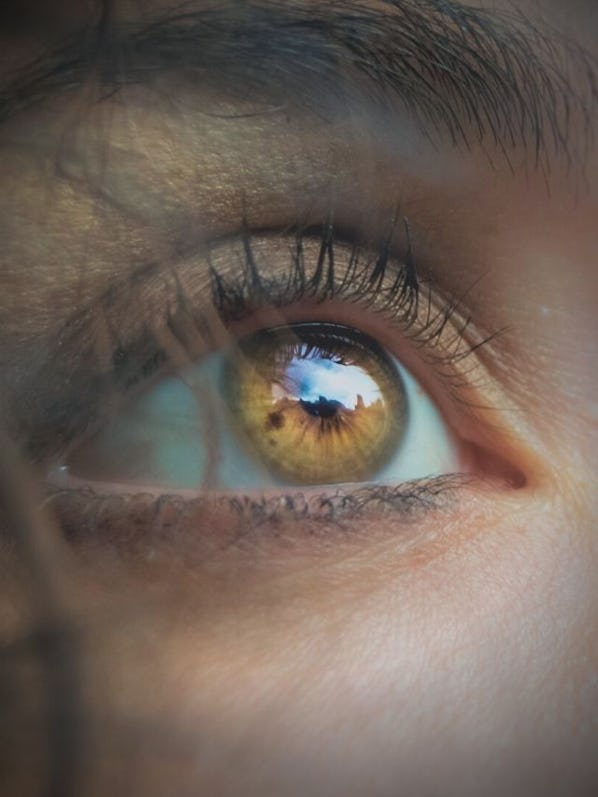
Sleeping in contact lenses increases your chance of getting a corneal infection (the cornea is the clear film that covers the coloured part of your eye). This is because your cornea doesn’t have its own blood vessels and relies on air in the atmosphere for oxygen. Contact lenses act as a sort of mask in this respect – they make it harder for oxygen to permeate; especially during sleep, when your eyes are closed. Over time, this can cause little ulcers to form on the front part of the eye, which increases the risk of infections. Taking out your contact lenses before you sleep helps your cornea to replenish the oxygen deficit and reduce the risk of infections.
Swimming pools, lakes, rivers, and the ocean contain microscopic bacteria called Acanthamoeba (chlorine in swimming pools doesn’t kill all pathogens). Contact lenses are highly absorbent, so when you swim in them, any Acanthamoeba present can end up getting trapped between the contact lenses and your eyes. Contact lenses make little cuts (microabrasions) on the surface of your eyes, which can act as ‘little doorways’ for this bacteria to get in. This, in turn, can cause an infection known as Acanthamoeba Keratitis.
If you can, it’s best to use daily disposable contact lenses rather than reusable ones. This is because there’s less time for them to get contaminated with protein and deposits of atmospheric dirt. Biofilm is a slimy coating that your body creates when a foreign object is present (like a contact lens) – and this, unfortunately, attracts bacteria. Changing your contacts daily means there isn’t enough time for biofilm to build up and cause an infection. If you’re not able to use daily disposables because of your prescription or some other condition, make sure you always soak them in fresh solution overnight – but never in tap water!
Swapping your contacts for glasses at least one day a week gives your cornea a chance to recover and ‘breathe’. This also lets your tear film stabilise, reducing the risk of dry eyes and infections.
Many eye drops and sprays contain preservatives, which can, over time, cause allergies and sensitivity – including irritation to the cornea. As a contact lens wearer, you should always use preservative-free eye drops and sprays that moisturise your eyes without creating other long-term issues.
Good quality eye vitamins can help with Dry Eyes and long-term eye health. The main ingredients to look out for are vitamins A, D, C and E, and Lutein and Zeaxanthin, while B2, B6, B9, B12 and zinc are also recognised as promoting good vision and maintaining eye health. Omega-3 fatty acids and maqui berry can also be taken to maintain the health of the lubricating glands in your eyes, which keep your eyes well moisturised.
Contact lenses are highly absorbent, so it’s important to always wash and dry your hands before touching them. Drying is particularly important because water carries all types of bacteria and microbes that can cause infections.
If you use daily disposable lenses, you should always use a fresh set every day – and never, ever reuse them. Reusing daily disposable contact lenses is one of the most common causes of corneal infections. Alex describes how leaving them in for too long creates a ‘harbour in a storm’ for bacteria – a safe place for them to accumulate and grow. Some types of corneal infections, if left untreated or not managed promptly, may lead to blindness.
Contact lenses can cause tiny little cuts on the surface of your eye. These microabrasions form every time you blink – as your contact lenses rub against and scratch your cornea.
When your body comes into contact with a foreign object – like contact lenses – your body’s natural defence mechanism coats them in a biofilm. This is a slimy protective layer which attracts bacteria. Changing your contact lenses frequently stops them from becoming a breeding ground for bacteria.

Your cornea doesn’t have its own blood supply like other body parts. They absorb oxygen directly from the air. Because they don’t have blood vessels, they can remain transparent.
Contact lenses sit in front of the cornea, preventing oxygen from floating in and disturbing your tear film. This reduces the oxygen getting to the cornea and can increase the likelihood of corneal infections. Luckily, today’s silicone contact lenses are much better at letting oxygen through your cornea than older products.
If you’ve been wearing contact lenses for a long time (say, 10 years or more), you may build up an intolerance to them. If that’s the case, you’ll develop a strong allergic reaction – which will persist even if you change the brand of contact lenses (as they’re essentially made of the same materials).
If this happens, you should stop using contact lenses and move back to wearing glasses. Corrective laser eye surgery may also be an option for you.
Although wearing contact lenses while flying is generally safe, some factors can lead to increased risks of dry eyes, irritation, and eye infections:
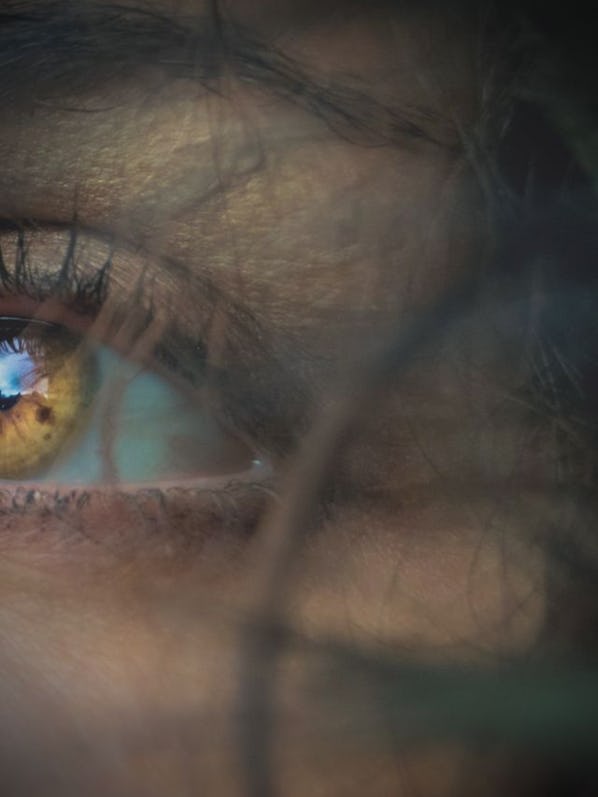
To minimise the risks with wearing contact lenses while flying:
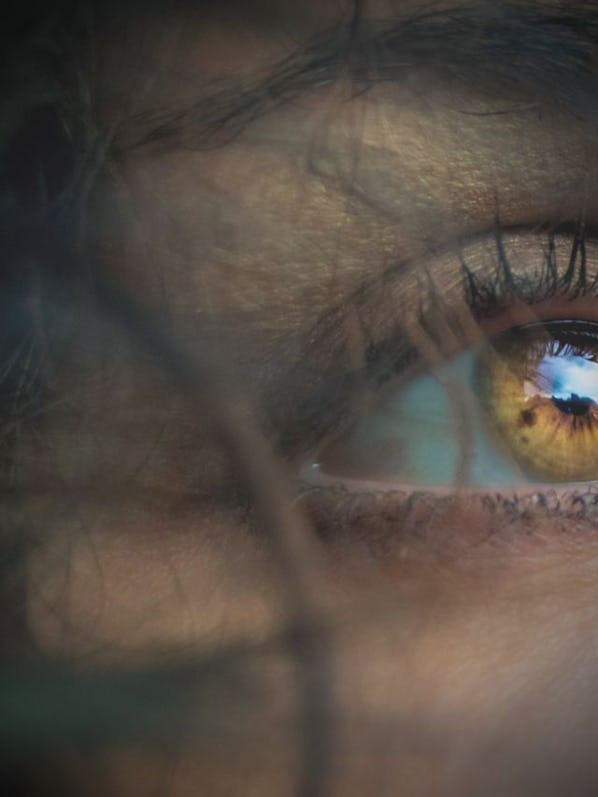
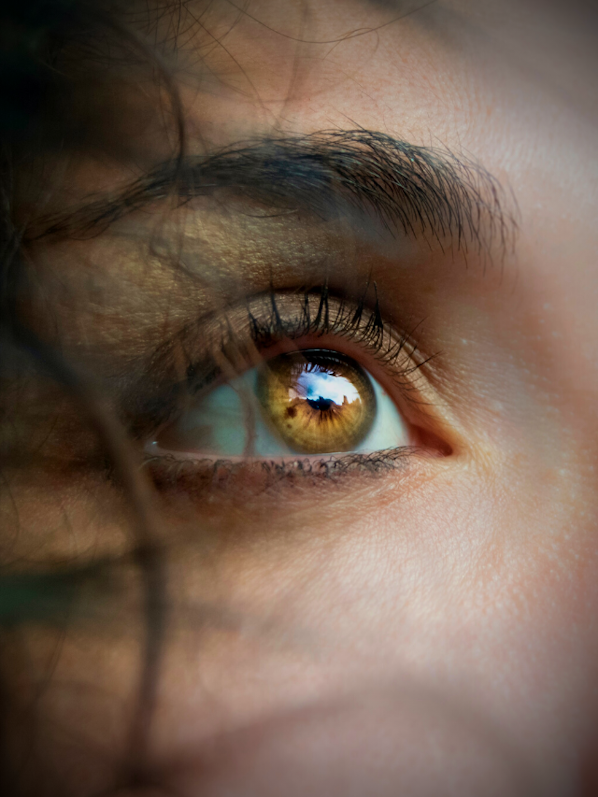
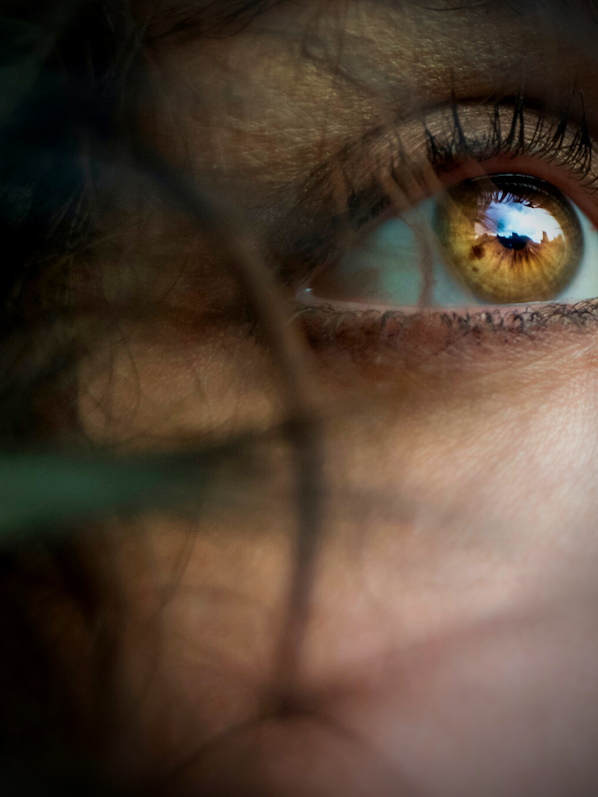
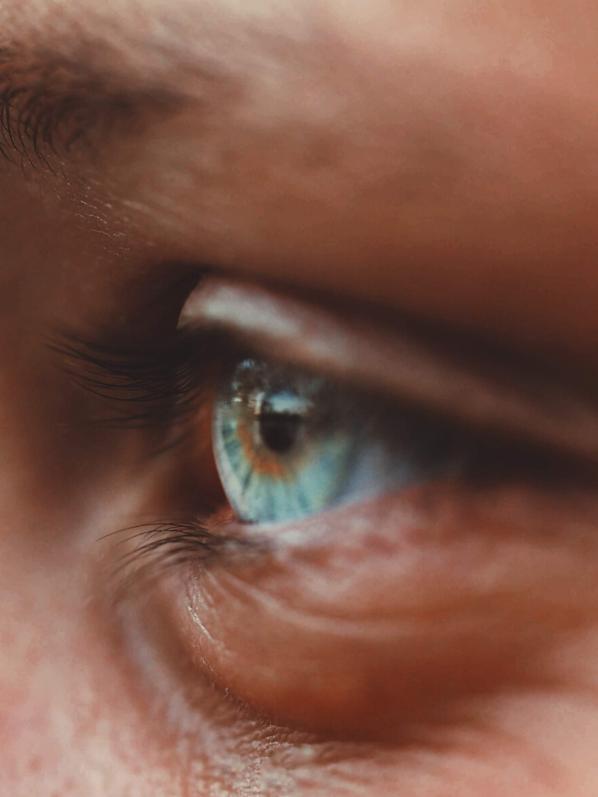
Sometimes, a soft contact lens folds in half and gets stuck under your upper eyelid. Don’t worry - the lens won’t get trapped behind or lost in your eye. Most of the time, the folded lens will move back to where you can see and remove it.
However, if you can’t find your “lost” lens, try gently turning your upper eyelid inside out. The best way to do this is to place a cotton bud over one eyelid. Then hold the eyelashes on the lid and gently pull the eyelid down - flipping it inside out by folding it over the cotton bud. You should be able to see the folded lens. Gently move the contact lens with your inverted eyelid until it moves to where you can remove it.
If you’re still struggling to remove the lens - ask someone to help or see your optician.